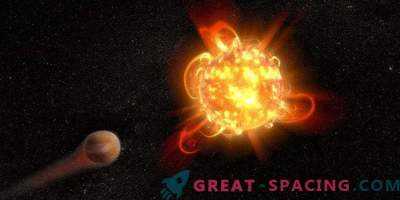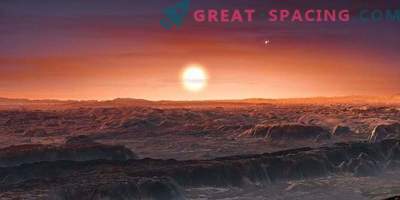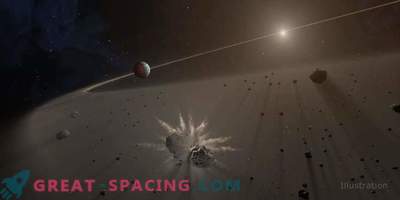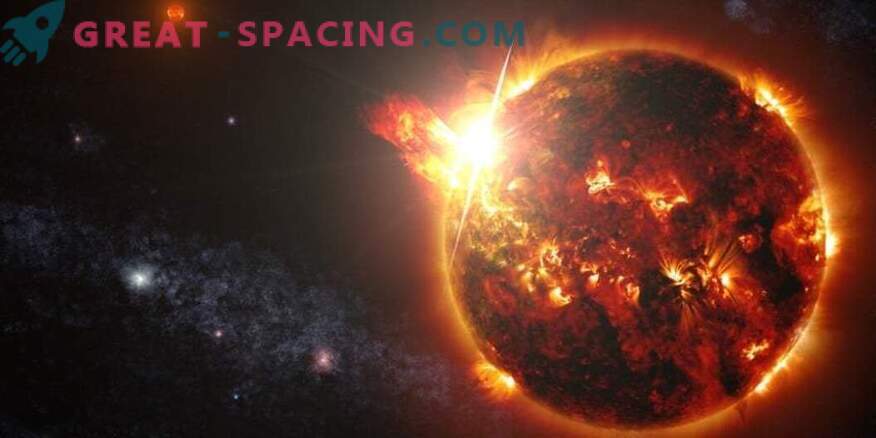
Civilian scientists are collaborating with NASA in the process of scanning space for the discovery of new exoplanets. And they do a good job. In fact, 8 people without formal training in astrophysics may have managed to find a new world. We are talking about a circumstellar disk surrounding a star at a distance of 212 light years from the sun.
A group of 8 people describes the discovery of a red dwarf AWI0005x3s, located in the constellation Kiel. A warm circumstellar disk creates favorable conditions for the formation of planets, and close proximity to Earth allows for further detailed studies.
The discovery of new stars with planetary systems increases the hope of finding a potentially habitable planet that could shelter extraterrestrial life or become a future colony for humanity. If planets rotate in the AWI0005x3s habitable zone with the possibility of forming liquid water on the surface, then the chances of life increase dramatically.
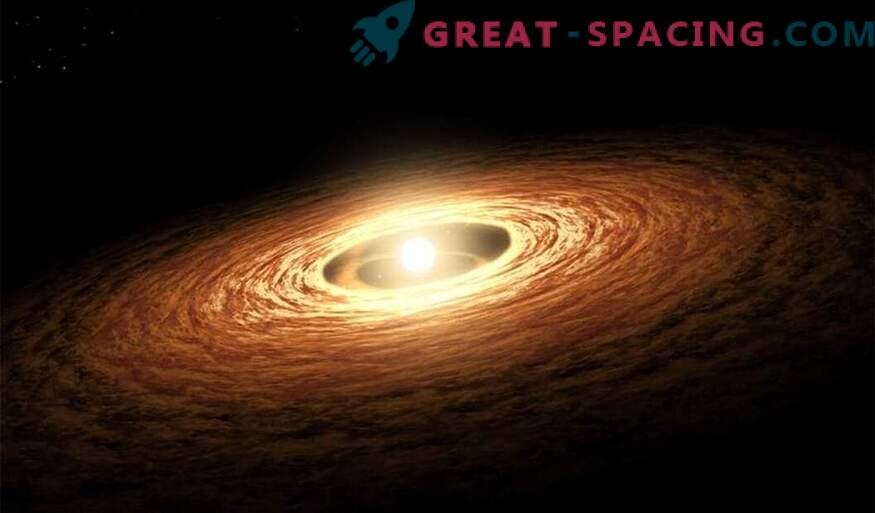
Artistic vision of a new open star disk
A graduate student at the University of Oklahoma and study author Stephen Silverberg said that most planetary disks disappear in less than 30 million years. He's writing:
“It is this red dwarf that is considered a candidate member of the Kiel Association with an age of 45 million years. This is the oldest system among red dwarfs with a disk, which we observed in one of these associations. ”
In 2014, NASA launched a special website for civilian research projects - Disk Detective. Here, people from all over the world can study data from several star surveys, as well as actual information from NASA WISE missions that created an infrared map of the entire sky.
Since its launch, the Disk Detective project has conducted more than 2 million classifications of stellar objects. And all this thanks to the participation of about 30,000 civilian scientists.





